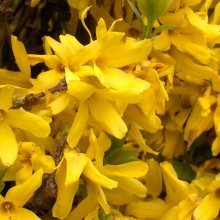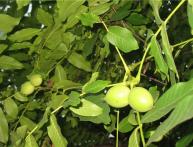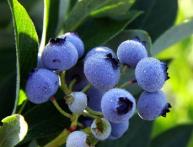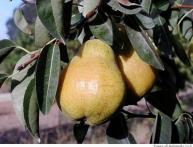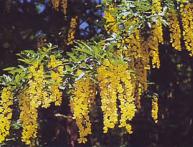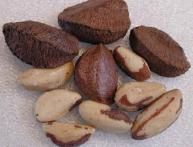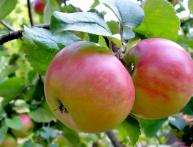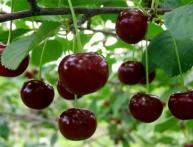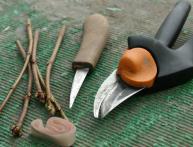Medium forsythia: cultivation and proper care
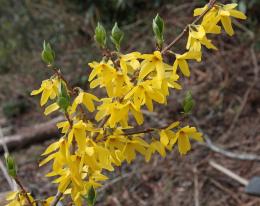
Medium forsythia is a garden hybrid that is an early flowering shrub. The plant blooms with beautiful yellow flowers that abundantly cover the bare branches. Already in April, the first flowers begin to appear on the forsythia in the form bells.
Content
Characteristics of the bush
Forsythia is one of the first to bloom in the garden. Flowering begins in March or April. It depends on the variety and region. The shrub has spreading branches. It can reach three to four meters in height. Forsythia bushes will grow very effectively as a hedge.
There are six varieties of forsythia, the most popular varieties are:
- European forsythia blooms with bright yellow bells
- Giralda has light yellow twisted flowers
- Hanging forsythia has spreading, lush branches that hang almost to the ground
- Ovate has bright flowers and leaves
- The greenest has flowers of a greenish tint
- Snow forsythia has white flowers with a yellow center
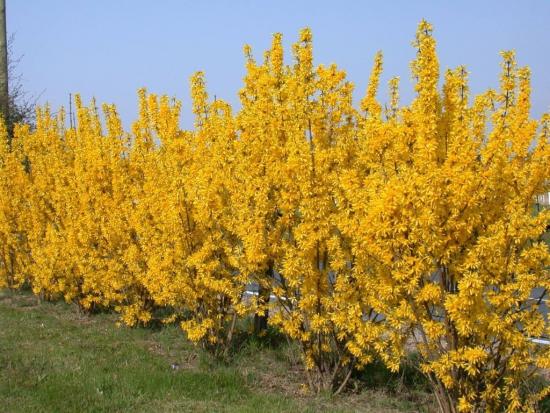
Forsythia the middle one is a hybrid that combines the greenest and drooping varieties. Its flowers are bright yellow, tripartite in shape. All types of shrubs can withstand frosts of at least 10 degrees. Severe cold winters can destroy the plant. The most sensitive to winter frosts is the hanging forsythia.
Therefore, it is grown only in the southern regions. But the European one, on the contrary, is more resistant to cold weather. Medium forsythia is a winter-hardy variety and is suitable for cultivation in the northern and central zones of the Non-Black Earth Region. In order for forsythia to delight you with its flowering every spring, you need to choose the variety wisely.
Planting a plant
Shrubs are planted in spring or autumn. It is better to carry out autumn transplantation long before the onset of frost. The plant must have time to take root in the new territory before winter comes. In addition, autumn planting requires mandatory mulching. For the winter, the young tree is insulated with covering material. Medium forsythia is not picky about the soil.
Still, alkaline soil is more suitable for its normal growth. Acidic soil will not work for this plant; you will have to add wood ash to it. For planting, choose a slightly shaded place, protected from the winds.
Planting holes are dug with dimensions of 50x50x60. Drainage is poured into the bottom, which can be made from broken bricks or crushed stone. The drainage layer is 15 cm, then a layer of sand is poured. The plant is buried 40 cm from the surface of the earth. If planned plant several bushes, maintain a distance of 1.5 meters between them.
After the seedlings are lowered into the holes, they are covered with earth, and the area around them is compacted tightly. Now the plant needs to be watered abundantly.
Caring for forsythia middle
The plant needs fertilizer. The first time it is fed before flowering. To do this, you can use complex mineral fertilizers. One square meter will require 60 grams of product. At the end of flowering, another feeding is done.This time they introduce Kemira universal. Calculate 100 grams of fertilizer per square meter.
Video about the secrets of growing forsythia:
Forsythia does not need to be watered abundantly, provided that precipitation falls within normal limits. But the plant also tolerates drought very well. Excess moisture will bring bush more harm than dry soil.
Branch pruning
There is no need to prune the bushes for the first two to three years. Only those branches that are frozen must be removed. Mature plants are pruned in summer. The trimming procedure is as follows:
- first, the ends of the branches that have frozen over the winter are removed
- after the flowering period, the faded branches are shortened by half
- old and dead branches are cut at the root at a height of 6 cm from the ground, new shoots are formed in their place
Using pruning, you can give bushes different shapes:
- cup-shaped
- spherical
Once every four years the plant is rejuvenated. To do this, the branches are cut by 2/3. This procedure helps to stimulate the growth of new shoots. This is done in order to obtain bushes that are more luxuriant.
Disease Control
Medium forsythia is resistant to pests and diseases. But she will have to be protected from some diseases. The plant can be affected by the following diseases:
- monoliosis, it is characterized by the appearance of brown spots on the leaves, diseased leaves and shoots are removed and burned, a 1% solution of Bordeaux mixture is used for preventive purposes
- bacteriosis is an infectious disease that cannot be gotten rid of; the only thing left is to dig up the plant and burn it so that other plants in the garden do not suffer
- wilting leads to deterioration of branches and foliage; as a treatment, spraying with foundationazole is carried out; prevention is carried out with a vector preparation (2 ml per 10 liters of water
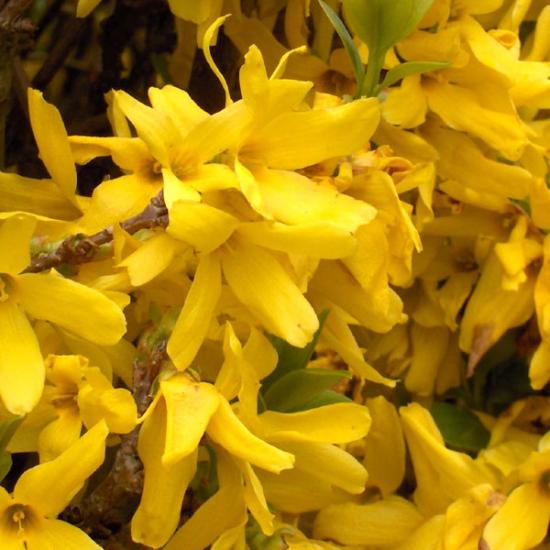
The pest that attacks shrubs is nematodes. The parasite attacks the roots of the plant, which eventually leads to the death of the plant. To get rid of parasites, the ground around the bush is treated with carbation. If plant next to forsythia, calendula or marigolds, you can forget about pests, since these plants do not tolerate parasites.
Medium forsythia is a plant unique in its beauty, which gives the garden plot a blooming, chic look. In order for a plant to delight you with its flowers for more than one year, you need to properly care for it.


